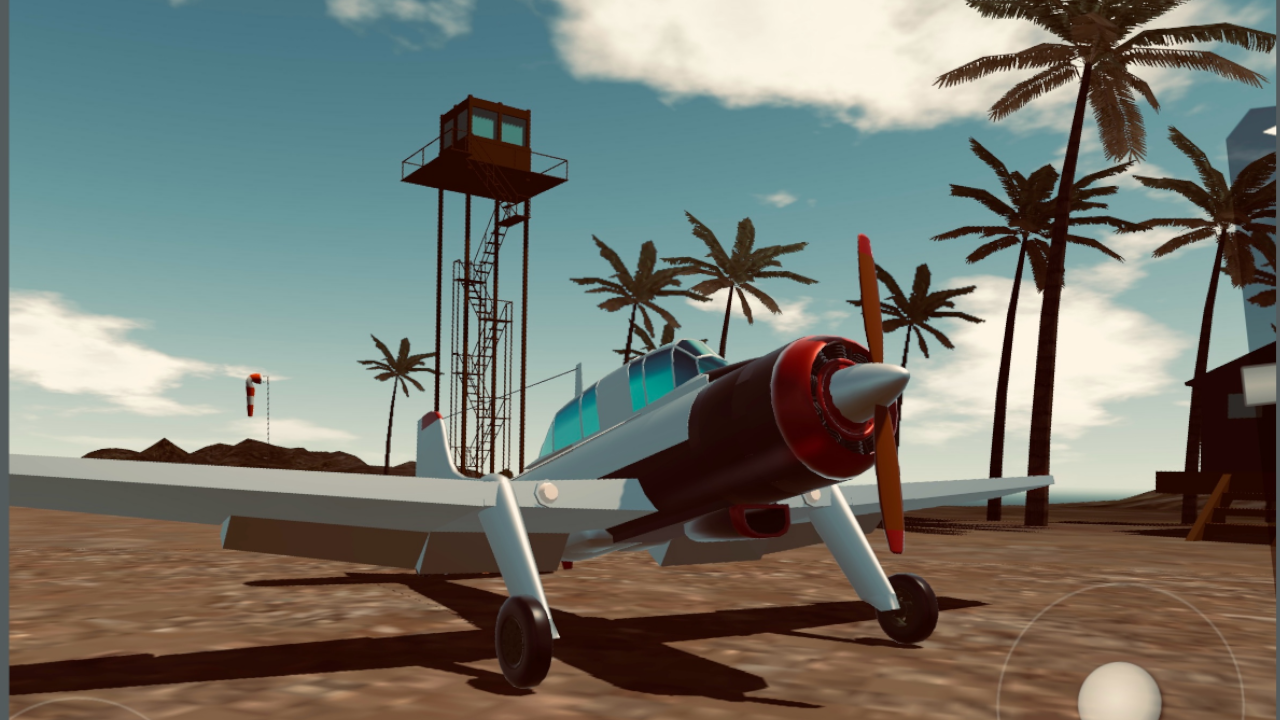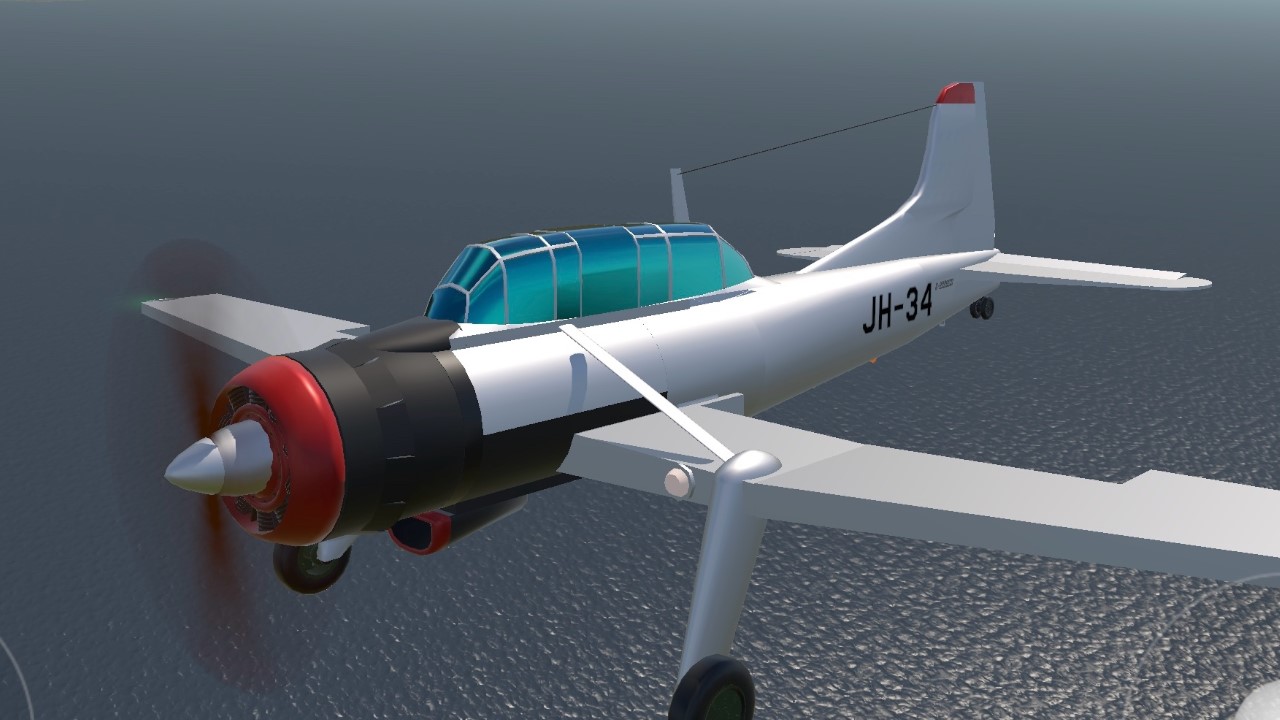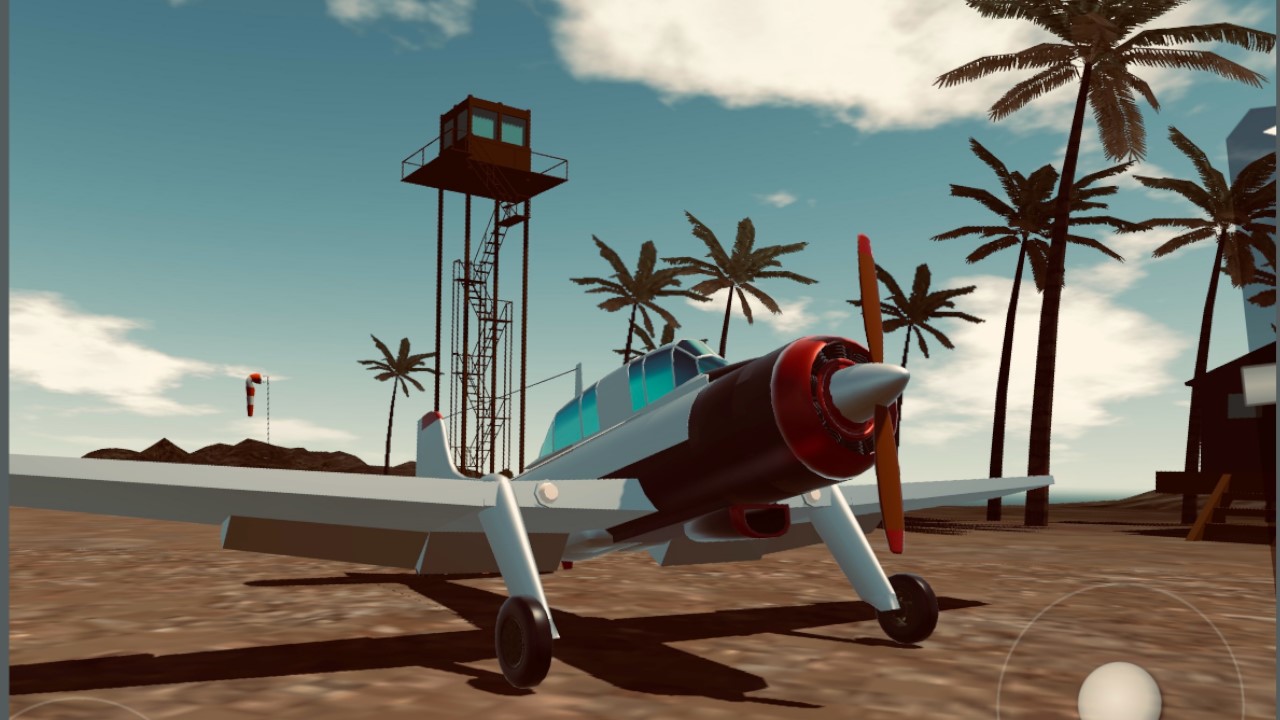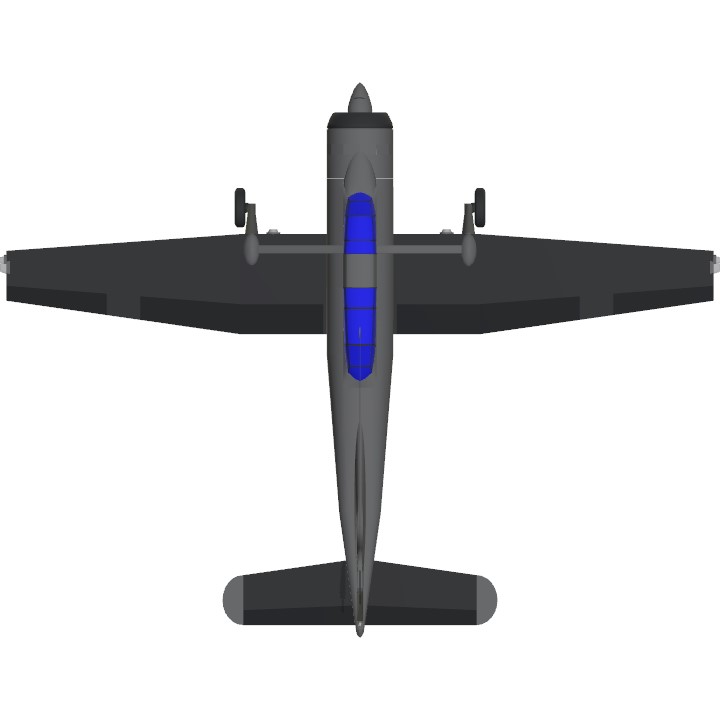The Nakajima T-25 was first introduced in 1938, during pre-war Japan. It was among the earliest all-metal monoplane advanced trainers and photo reconnaissance aircraft developed for the Imperial Japanese Army Air Force. Designed by Chief Engineer Tadaeichi WinWing-san and his team, the T-25 was a nimble aircraft, though initially equipped with an underpowered radial engine. Its top speed was just under 250 mph—a remarkable figure for a trainer of that era. Pilots needed to rely heavily on trim controls to maintain stable flight. When landing, gentle braking was essential due to its unpredictable handling characteristics. The T-25 remains a quirky relic of the pre-war era, known for its distinctive and sometimes rough flying qualities.
- AG-1 for arresting hook for carrier landing.
- Landing speed - 120 mph, Engine 30%
- use TRIM heavily to control the level flight
- Cruising speed 200 mph

Nakagima-T25 Photo recon variant in the Luzon Island, 1943. Photo: Captain Kawasaki Honda
*Fictional
Specifications
General Characteristics
- Predecessor Ye-36B Husky
- Created On iOS
- Wingspan 35.4ft (10.8m)
- Length 27.3ft (8.3m)
- Height 11.5ft (3.5m)
- Empty Weight 4,030lbs (1,828kg)
- Loaded Weight 4,651lbs (2,109kg)
Performance
- Horse Power/Weight Ratio 0.107
- Wing Loading 25.3lbs/ft2 (123.5kg/m2)
- Wing Area 183.9ft2 (17.1m2)
- Drag Points 1753
Parts
- Number of Parts 67
- Control Surfaces 9
- Performance Cost 311







Snazzy
67 parts yet so much details embedded. Great.
@AvocadoSeams Ah, it is a fictional name. Not the real "Nakajima (modern day Subaru), Oh well, I will change it back to Nakajima, too confusing otherwise - Thank you any way.
Nakagima or Nakajima?
@WinsWings yeahhsz
@Boeing727200F Wow that is fast
Eco da ago